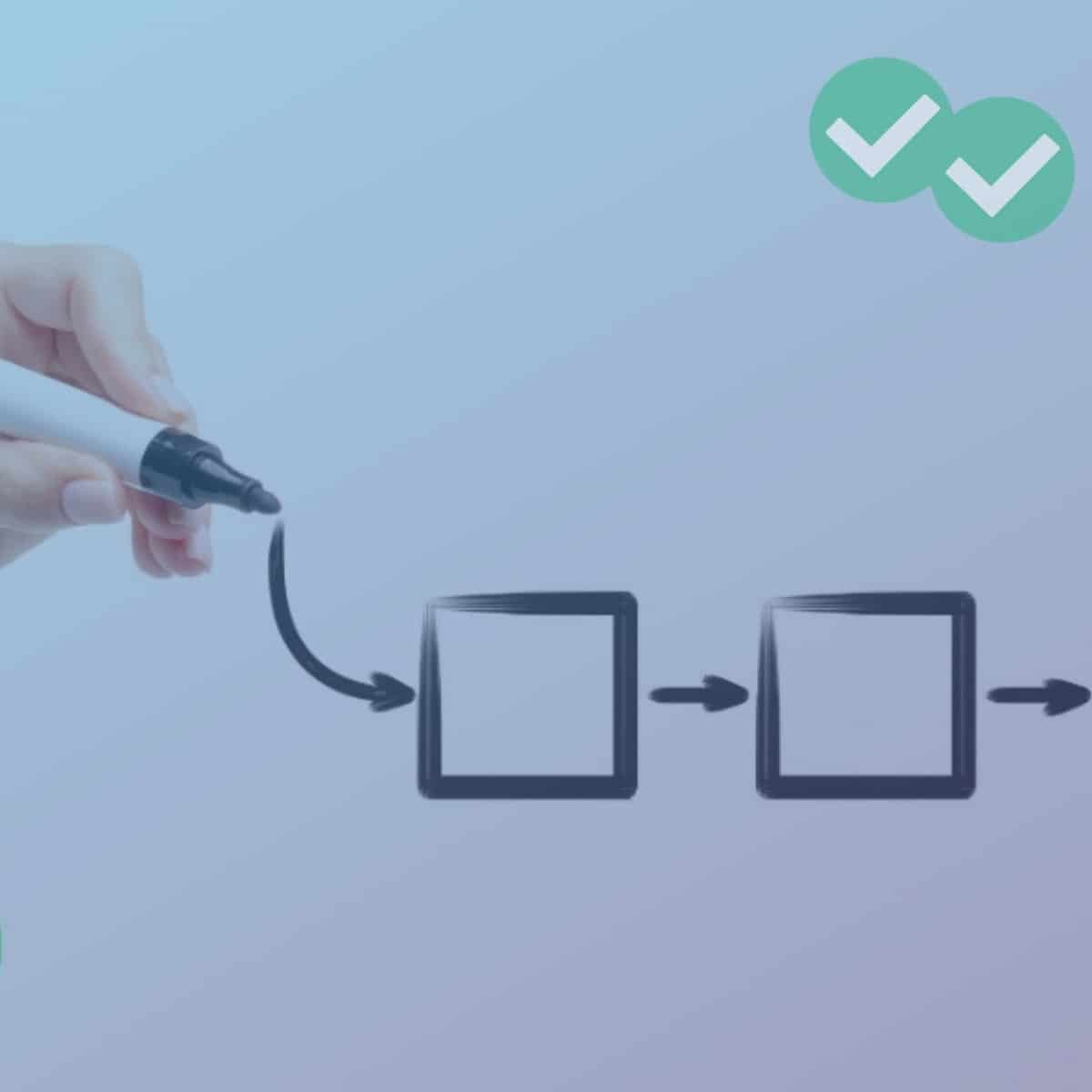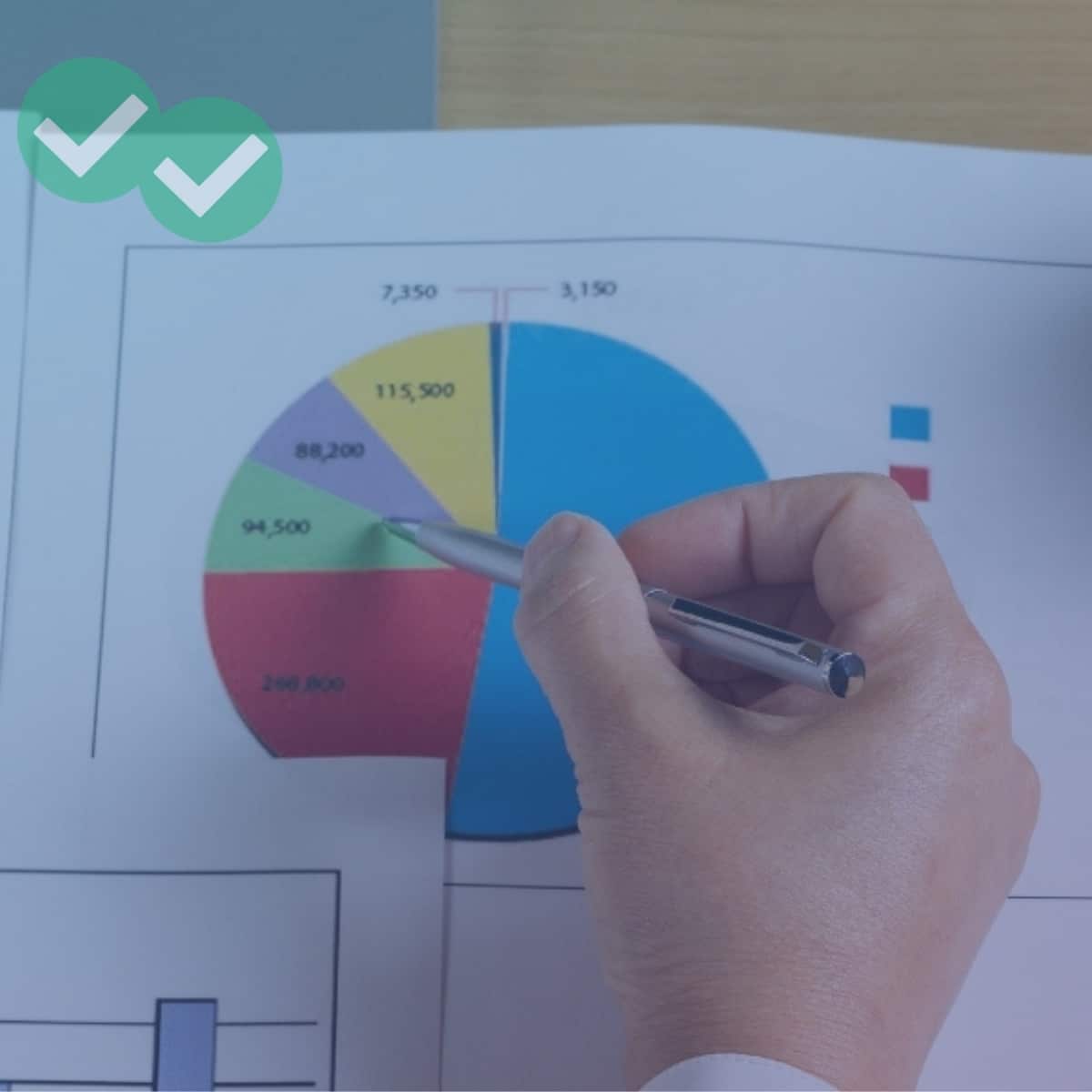IELTS vs TOEFL vs PTE
The International English Language Testing System (IELTS), Test of English as a Foreign Language (TOEFL) and the Pearson Test of English (PTE) are three widely-accepted standardized tests measuring English language ability for non-native English speakers. What is the difference between them?
Before you dive into IELTS prep, let’s take a look at the difference between IELTS Academic, TOEFL and PTE Academic.
IELTS Academic vs TOEFL vs PTE Academic
| IELTS Academic | TOEFL | PTE Academic | |
|---|---|---|---|
| Duration | 2 hours 45 minutes | 3 hours | About 3 hours |
| Type | Paper test, or computer test in select locations around the world. | Computer test | Computer test |
| Score Range | 0-9 | 0-120 | 10-90 |
| Score Validity | 2 years | 2 years | 2 years |
| Sections | 1. Listening 2. Reading 3. Writing 4. Speaking |
1. Listening 2. Reading 3. Writing 4. Speaking |
1. Speaking and Writing 2. Reading 3. Listening |
Detailed difference in assessing four skills
From the chart above, we can see that IELTS Academic, PTE Academic and TOEFL assess takers all of the four skills. Here are the detailed difference of the four sections in these tests.
Listening:
| IELTS Academic Listening | TOEFL Listening | PTA Academic Listening |
|---|---|---|
| Length: 40 minutes
Content: 1 social conversations, 1 social speech, 1 academic conversation, and 1 academic speech. Accent: Mostly British accent |
Length: 41-57 minutes (standard time is 41 minutes)
Content: 3-4 lectures, 6 questions each (standard length of 3 lectures) Accent: Mostly North American accent. |
Length: 45-60 minutes
Content: 8 recordings in academic settings Accent: A variety of accents |
Reading:
| IELTS Academic Reading | TOEFL Reading | PTE Academic Reading |
|---|---|---|
| Length: 60 minutes
Content: 3 academic passages |
Length: 54-72 minutes (standard time 54 minutes)
Content: 3-4 passages (standard length of 3 passages) |
Length: 30-40 minutes
Content: 5 academic passages |
Writing:
| IELTS Academic Writing | TOEFL Writing | PTE Academic Writing |
|---|---|---|
| Length: 60 minutes
Content: B. Write an argument discussing a given topic |
Length: 50 minutes
Content: A. After reading a passage and listening to a speaker discuss it, write a summary B. Write an academic essay on a given topic |
Length: About 40 minutes
Content: A. After reading a text, write a one sentence summary of the passage B. Write an essay on a given topic |
Speaking:
| IELTS Academic Speaking | TOEFL Speaking | PTE Academic Speaking |
|---|---|---|
| Length: about 15 minutes
Type: Face to face interview Content: Conversation about daily topics, personal speech about a given topic, and discussion with examiner about the topic |
Length: 17 minutes
Type: Record on a computer Content: Answer questions about familiar topics, based on listening prompts, and based on both reading and listening |
Length: About 40 minutes
Type: Record on a computer Content: Personal introduction, read aloud, repeat sentence, describe image, re-tell lecture, and answer questions |
IELTS General and PTE General
Both IELTS Academic test and PTE Academic test are designed for students who want to study in English speaking countries. The IELTS and the PTE also have a general test for people who want to work or live in those countries.
The format and content of IELTS General is slightly different from that of IELTS Academic. (Check out the difference between IELTS Academic and IELTS General. )
Unlike PTE Academic, PTE General consists of a written paper and a spoken test which is marked by examiners. The content of PTE General assesses takers’ communicative language ability because it is based on real life settings and materials.
Based on these differences between IELTS, TOEFL and PTE, choose the one suits your need and work hard for it!
UPDATE: Although the IELTS is primarily available on paper, it is also available as a computer-based test in some parts of the world. If you have access to the computer-based IELTS, then you should compare the IELTS computer interface to the TOEFL iBT one. From there, consider which one you are most comfortable with.





